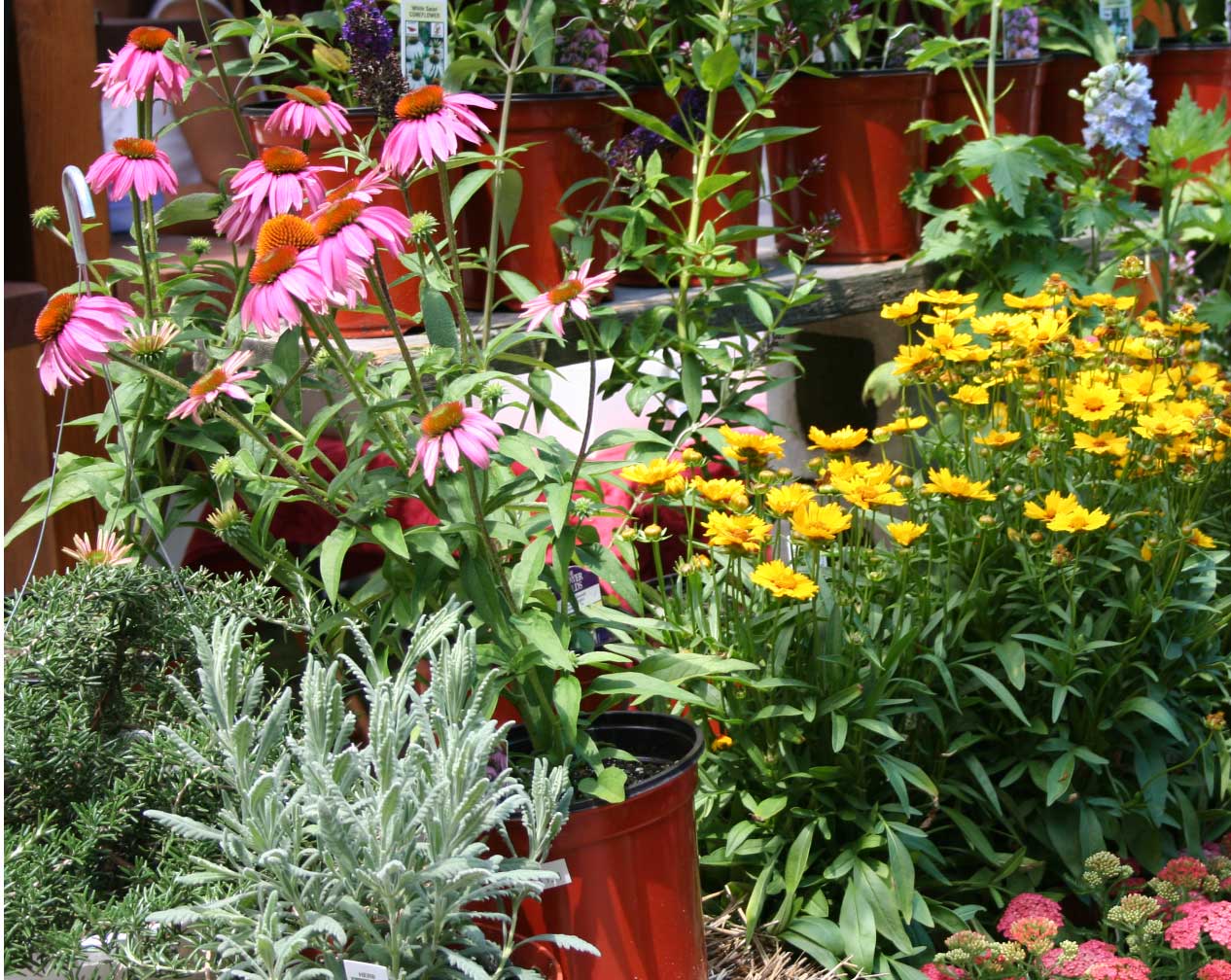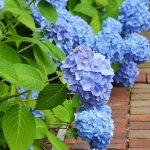Gardens
Wildflower Gardening
One of the best reasons to grow native plants is that they’re relatively easy to raise, because they’re so well adapted to our region (which isn’t to say they are immune from their natural insect and animal predators, but that’s the trade-off in ecological gardening). Like all plants, native species have differing soil and water […]

Photo Credit:
 One of the best reasons to grow native plants is that they’re relatively easy to raise, because they’re so well adapted to our region (which isn’t to say they are immune from their natural insect and animal predators, but that’s the trade-off in ecological gardening).
Like all plants, native species have differing soil and water requirements, so it’s important to acquaint yourself with plant demands and match varieties to your terrain. Pay attention to plant-hardiness zones.
Flowering varieties bloom at different times, so you’ll probably want a mix of plants to create a succession of colors throughout the seasons. Popular spring-blooming wildflowers include wild bleeding heart, lady’s slipper, trillium, Virginia bluebells, mayapple, and bloodroot. Midsummer plants include butterfly weed, purple coneflower, various grasses, blazing star, lily, and black cohosh. In late summer and fall, popular plants include aster and goldenrod.
One of the best ways to learn about native plant gardening is to visit Garden in the Woods and join New England Wild Flower Society, which offers numerous educational classes, field trips, and seminars throughout the year. NEWFS also publishes a number of pamphlets and journals, supplemented by a large selection of publications available from the bookstore.
New England Wild Flower Society at Garden in the Woods. 180 Hemenway Rd., Framingham, MA. 508-877-7630. newfs.org
One of the best reasons to grow native plants is that they’re relatively easy to raise, because they’re so well adapted to our region (which isn’t to say they are immune from their natural insect and animal predators, but that’s the trade-off in ecological gardening).
Like all plants, native species have differing soil and water requirements, so it’s important to acquaint yourself with plant demands and match varieties to your terrain. Pay attention to plant-hardiness zones.
Flowering varieties bloom at different times, so you’ll probably want a mix of plants to create a succession of colors throughout the seasons. Popular spring-blooming wildflowers include wild bleeding heart, lady’s slipper, trillium, Virginia bluebells, mayapple, and bloodroot. Midsummer plants include butterfly weed, purple coneflower, various grasses, blazing star, lily, and black cohosh. In late summer and fall, popular plants include aster and goldenrod.
One of the best ways to learn about native plant gardening is to visit Garden in the Woods and join New England Wild Flower Society, which offers numerous educational classes, field trips, and seminars throughout the year. NEWFS also publishes a number of pamphlets and journals, supplemented by a large selection of publications available from the bookstore.
New England Wild Flower Society at Garden in the Woods. 180 Hemenway Rd., Framingham, MA. 508-877-7630. newfs.org 






